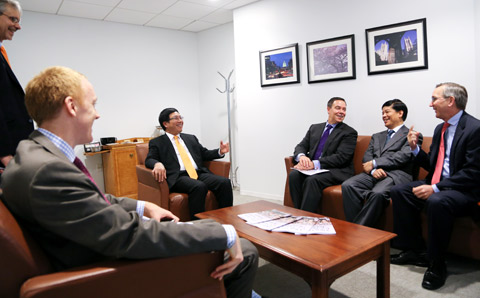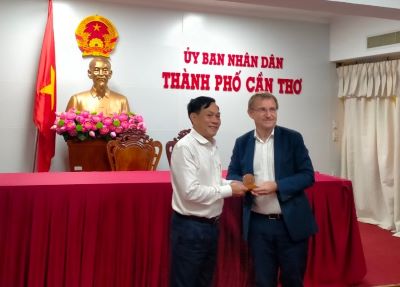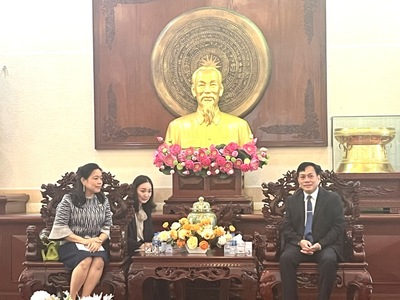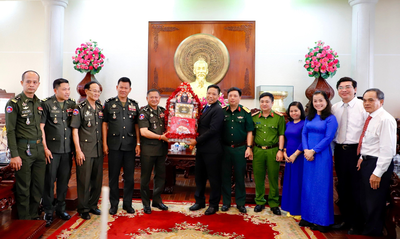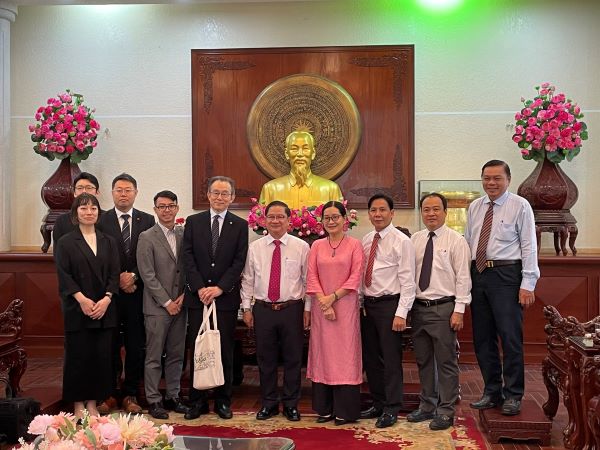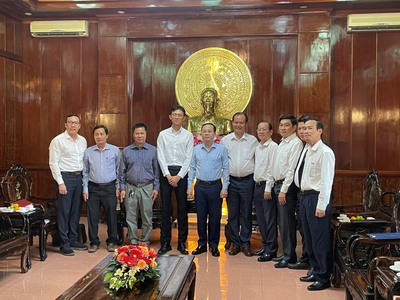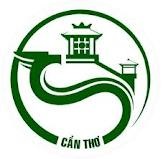Twenty years of Vietnam-U.S. relations: Short Journey with great strides
Deputy Prime Minister, Minister of Foreign Affairs Pham Binh Minh at the Banyan Tree Leadership Forum.
|
20 years is a long period for one's lifetime. Yet, it is merely a fleeting moment in the history of relations between nations. Few people could have imagined that Vietnam and the United States would make such great strides in their bilateral ties after two decades of normalized relations. The 20th anniversary of diplomatic relations is a critical moment for us to reflect upon the past and look forward to a better future for both countries as well as for peace, cooperation and development in the Asia-Pacific and the world at large. Strong impetus to the Comprehensive Partnership At the time of normalization of relations in 1995, Vietnam was known to most Americans as a war rather than a country. Today, the word "Vietnam" has become familiar in the daily life of Americans. Vietnamese goods, from agricultural produce and footwear to other consummer staples are sold in most major US stores. In the past 20 years, especially since the signing of the Bilateral Trade Agreement (BTA) in 2000, economic and trade ties between the two countries have really taken off. From a modest figure of 400 million USD in 1994, bilateral trade increased by 90 folds to 36.3 billion USD in 2014. With 30.6 billion USD export to the United States in 2014, Vietnam became ASEAN's number one exporter to the U.S. market. Vietnam even surpassed India and joined the list of top 10 net exporters to the world's largest consumer market. During the last 5 years, the U.S. jumped from the 11th to the 7th largest investor in Vietnam with a total capital of 11 billion USD. Some U.S. major groups have moved their "production base" to Vietnam while others are planning to follow suit. This opens up the prospect for the U.S. to become the largest investor in the country, a target set out by Ambassador Ted Osius. It is expected the economic ties between Vietnam and the U.S. will even skyrocket in the near future with the conclusion of the Trans-Pacific Partnership (TPP). Such giant steps forward in economic cooperation are accompanied by the upward trend in science-technology and education cooperation. Vietnam - U.S. cooperation in key industries ranging from wind power and aerospace research to peaceful use of nuclear energy has seen new progresses, especially following the U.S. Congress' ratification of the Agreement on Civil Nuclear Energy Cooperation (123 Agreement) in 2014. The number of Vietnamese students studying in the U.S. has increased by 34 times from 500 students in 1995 to 17,000 students at present. As such, Vietnam is the top country in ASEAN and the eighth in the world having students studying in the U.S.. Vietnam and the U.S. are also working on the project to establish the Fulbright University in Vietnam. Beyond these impressive figures, the two countries have step by step overcome suspicion and disagreement to constantly deepen political ties and mutual understanding. Since 2000, Vietnam and the U.S. have exchanged six high-level visits, during which leaders from both sides adopted four Joint Statements in 2005, 2007, 2008 and 2013. In particular, under the Joint Statement between President Truong Tan Sang and President Obama, the Vietnam - U.S. Comprehensive Partnership was defined to cover nine areas of cooperation, thus opening up a new chapter of relations with added substance. The contacts and meetings between leaders of both countries on the sidelines of multilateral events have become more frequent. From only one dialogue on POW/MIA issues, the two countries have established more than 10 dialogue mechanisms, including very important ones such as Regular Ministerial Dialogue, the Political - Security - Defense Dialogue, Defense Policy Dialogue, Asia-Pacific Strategic Dialogue and Human Rights Dialogue. Leaving the past behind and looking to the future while respecting differences It is not easy to shelf the past, especially one deeply engraved with scars of war. Yet, with a forward-looking mindset, Vietnam and the U.S. have been making great efforts to move beyond the past and together shape the future. With the spirit of benevolence and humanity, Vietnam has been working actively with the U.S. in search for missing soldiers. To date, approximately 950 remains of fallen American soldiers have been recovered, among which 700 remains have been identified. The U.S. has also provided over 300 dossiers to help retrieve the remains of more than 1,000 Vietnamese soldiers. It also provided 100 million USD for dioxin clean-up in Da Nang and 80 million USD for removal of unexploded ordinance. Although much remains to be done, the efforts made by both sides have significantly contributed to healing the wounds of war, promoting reconciliation and building trust between the two nations. Obviously, disagreements and differences still exist between Vietnam and the U.S., particularly on the issues of democracy and human rights. What is important is that both sides have clearly shown respect for differences and engaged in candid and open dialogues to narrow down disagreements and foster cooperation. To date, 19 human rights dialogues have been conducted, and both Vietnam and the U.S. are currently members of the UN Human Rights Council. Vietnam and the United States in the "Asia Century" It is predicted that the 21st century will be the Asia century. If that is true, the trans-Pacific ties between the U.S. and Asian countries, including its comprehensive partnership with Vietnam, will be contributing factors to shape the region's future. Beyond the bilateral sphere, Vietnam - U.S. relations have made increasingly important contributions to peace, cooperation and development in the Asia-Pacific and worldwide. From the arrangements with ASEAN centrality such as the EAS, ARF, ADMM+ to larger fora such as APEC and the UN, Vietnam and the U.S. are working closely together on various issues, ranging from non-proliferation of weapons of mass destruction, climate change response, water security to UN peace-keeping operations. With the ASEAN Community's coming into being later this year, both sides are moving towards an ASEAN-U.S. Strategic Partnership. Vietnam will continue to play an important role in ASEAN-U.S. ties, especially in boosting the implementation of the E3 Initiative (Expanded Economic Engagement Initiative) and TIFA (Trade and Investment Framework Agreement) between ASEAN and the U.S. A shared vision for the road ahead In his letter to President Harry Truman dated 16th February 1946, President Ho Chi Minh articulated Vietnam's goal for "full independence and full cooperation with the U.S.". He stressed that Vietnam "will do our best to make this independence and cooperation profitable to the whole world." The world we live in today is moving so fast that Vietnam and the U.S. are not allowed to miss any opportunities as in the past. The past 20 years of Vietnam - U.S. relations, especially since the announcement of Comprehensive Partnership in July 2013, have shown that peace and prosperity in Southeast Asia and the Asia-Pacific would be better secured when Vietnam - U.S. relations progress, and the friendship and comprehensive cooperation between Vietnam and the U.S. are in line with shared interests of all countries in the region. The history of relations between Vietnam and the United States is full of vicissitudes. Nevertheless, the tremendous progress of the bilateral ties over the past 20 years has proven that Vietnam and the U.S. have no choice but to promote an equal and mutually beneficial cooperation on the basis of respect for each other's political regime, independence, sovereignty and territorial integrity, the UN Charter and international law. Dialogue must prevail over confrontation. It is the only way for both countries to overcome the past and work together for a brighter future of each nation, for peace, cooperation and development in the region and the world. |
Pham Binh Minh Member of CPV Central Committee
Deputy Prime Minister, Minister of Foreign Affairs
- The French Development Agency delegation pays a working visit to Can Tho City
- Meeting with Consul General of Thailand in Ho Chi Minh City.
- The Army Command delegation of the Royal Cambodian Army extends New Year greetings in Can Tho City
- Meeting with Takesho Vietnam
- Darco Vietnam explores investment opportunities in Can Tho.
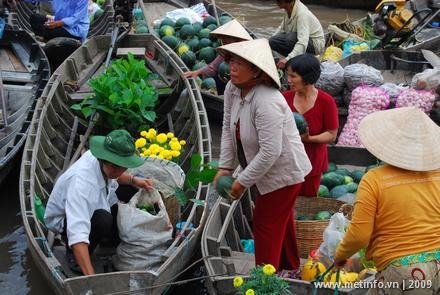
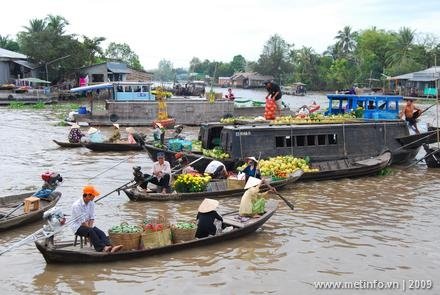
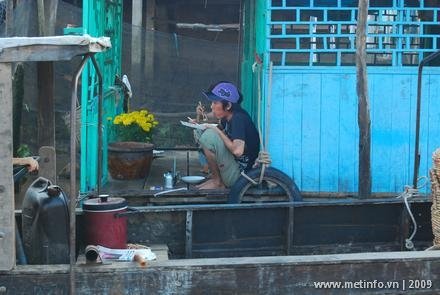
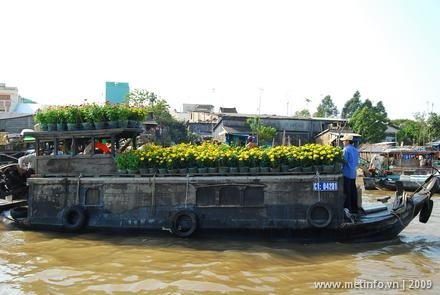
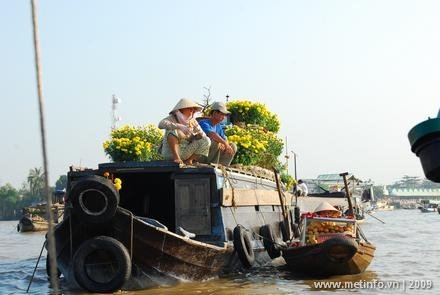
- © Copyright by Can Tho Department of External Relations
- Address: 128D, 3/2 Str., Xuan Khanh Wd., Ninh Kieu Dist., Can Tho City
- Tel: 080.71.271 – 02923.819.056 Email: songoaivu@cantho.gov.vn or songoaivucantho@gmail.com



